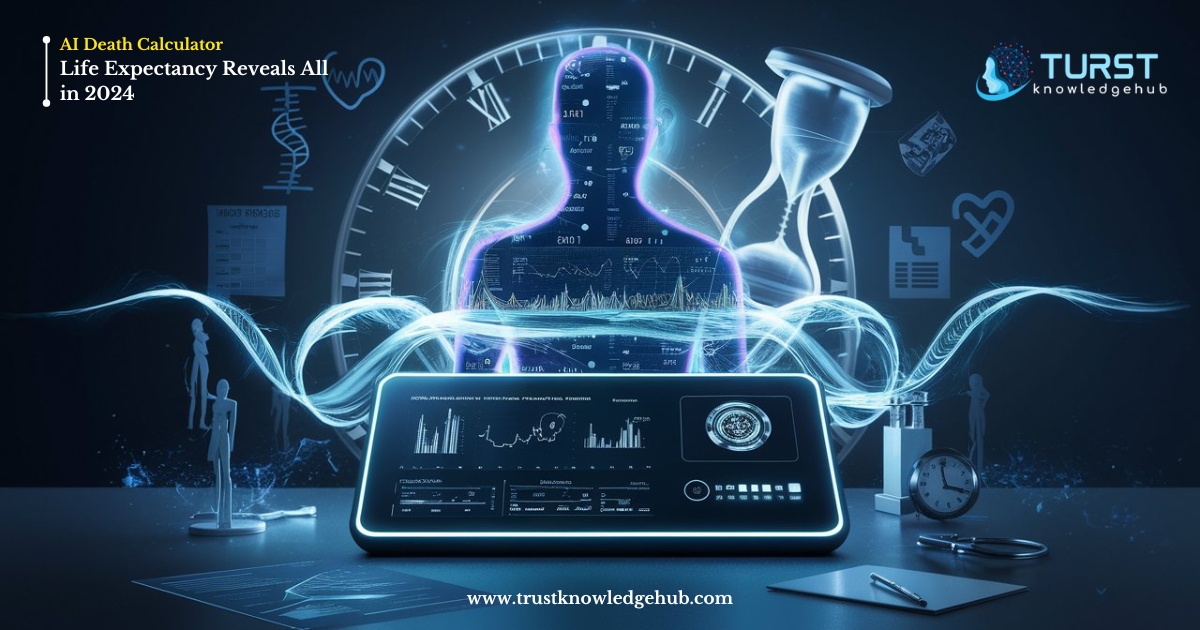If you solved The New York Times crossword and read articles online about machine learning, you’ve heard the clue “machine learning model that attempts to replicate the way the human brain works,” The answer? NEURALNET. So what is a neural network exactly and how does it work? In this series, we will delve deep into the exciting world of neural networks — what they are, how they are made, what they are used for, and more.
What Are Neural Networks?
Neural networks, or artificial neural networks (ANNs), are a subtype of machine learning models modeled after the way the human brain sees and recognizes images. They are called neural networks because they are based on how the human brain is structured wherein neurons are connected with each other.
The Structure of Neural Networks
In broad terms, a neural network is comprised of layers of connected nodes, or “neurons.” These layers include:
- Input Layer: The first layer that receives the input data.
- Hidden Layers: Intermediate layers that process the data. But, A neural network can have multiple hidden layers, each extracting different features from the input.
- Output Layer: The final layer that produces the prediction or classification.
Layer 1 Neurons in each layer are connected to the neurons in the subsequent layer through weighted connections. However, These weights are learned through training to reduce the error in the predictions of the network.
At Their Core, How Human Brains Work
Neural networks are computing systems inspired by the human brain that mimic a human brain when it comes to learning from data. The process in a nutshell is:
- Data Input: Just as our senses collect data from the environment, the input layer receives raw data.
- Processing: The hidden layers process this data, similar to how the brain’s neurons process signals. So Each neuron applies a mathematical function to its inputs and passes the result to the next layer.
- Learning: The network adjusts its weights based on the error of its predictions, a process akin to how the brain learns from experience. Also, This is achieved through techniques like backpropagation and gradient descent.
- Output: The output layer produces the final result, which could be a classification, prediction, or any other form of output.
Applications of Neural Networks in the Real-World
Neural Networks have transformed the way we can do AI development. Some examples include:
- Image and Speech Recognition: Neural networks power technologies like facial recognition in smartphones and voice assistants like Siri and Alexa.
- Natural Language Processing (NLP): They are used in translation services, sentiment analysis, and also chatbots.
- Healthcare: Neural networks assist in medical imaging, drug discovery, and also personalized treatment plans.
- Self-driving cars: these vehicles use neural networks to interpret sensor data and control steering, acceleration, and also brakes.
For a deeper dive into the real-world applications of artificial intelligence, check out this comprehensive guide on machine learning and its impact from IBM.
Connecting Crosswords to Neural Networks
Something like working out what’s happening inside a neural network is a bit like a game that puzzle solvers might enjoy. This involves making sense of and understanding what each clue (input) represents (often by drawing from some knowledge from elsewhere in all likelihood, hidden layers), in order to make a wise choice as a solution to the original question (output). A cleaverly constructed crossword puzzle elicits just as pleasing an “aha! at the time of writing, a well-trained neural network will predict well and interesting things on finishing.
Conclusion
At the top of artificial intelligence are the human brain–mimicking machine learning models: neural networks. From breakthroughs in their ability to learn from data and create intricate decisions, technical analysts have been applied to make tangible progress throughout different sectors. This power human cognition and a large number of AI technologies, so whether you are solving a really tough crossword clue or just watching Google do its magic, understanding the magic of the little black boxes can deepen your appreciation of all kinds of complex connections humans have made.
Next time “NEURALNET” appears in a crossword, remember the cool science! So Happy puzzling!
However, For more insights and updates on the latest in artificial intelligence, blockchain, and cryptocurrency, visit the Trust Knowledge Hub.




